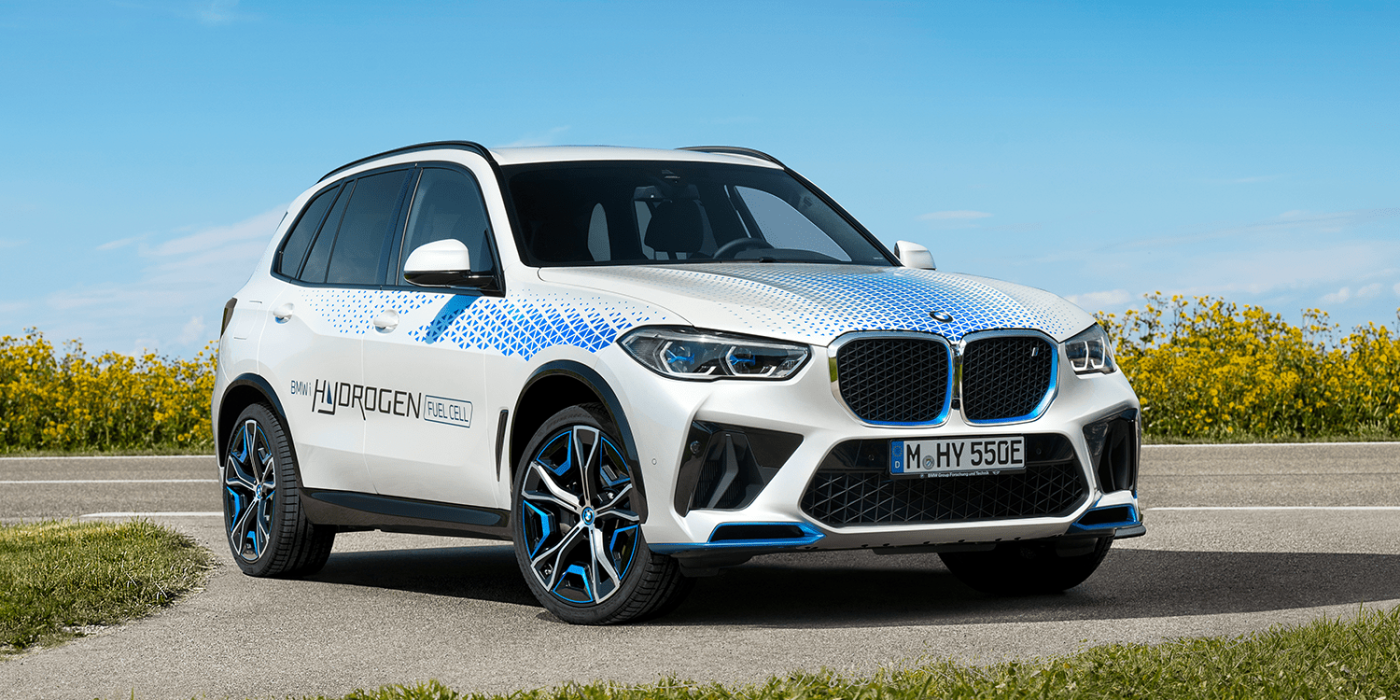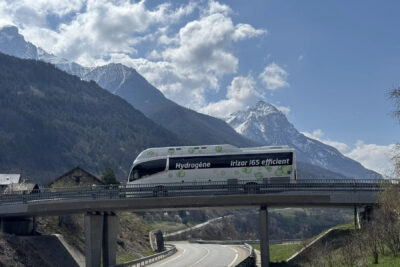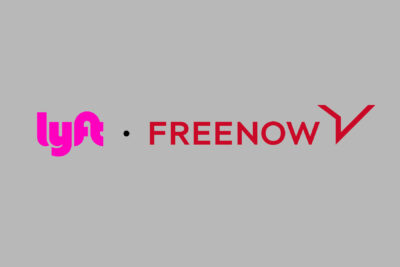First BMW iX5 Hydrogen hit the road
BMW launched a demonstration fleet of hydrogen cars. After four years of development, the BMW iX5 Hydrogen vehicle and development project is thus entering its next phase.
After BMW began small-scale production of the iX5 Hydrogen SUV at the Munich Research and Innovation Center (FIZ) pilot plant in early December 2022, the first vehicles of the pilot series are now available, initially for selected international media representatives. The fleet of “under 100 vehicles” will be used internationally for demonstration and testing purposes for various target groups not involved in the development.
Developed on the basis of the current BMW X5, the BMW iX5 Hydrogen was first presented as a concept at the IAA 2019 – at that time still in Frankfurt. At the IAA Mobility 2021 in Munich, first prototypes were used as passenger shuttles. BMW does not specify whether, when and at what price the iX5 Hydrogen will be available outside the demonstration fleet.
The individual fuel cells are made by Toyota. However, all other components, including the stack of Toyota fuel cells, were developed by BMW with partners in Europe. Some components are supplied by the BMW plant in Landshut, for example. BMW manufactures the fuel cell systems at its own hydrogen competence centre in Munich. The output of such a fuel cell system is 125 kW.
The drive is the same as in current electric BMWs, now in its fifth generation. The power output is 295 kW. Since the fuel cell system is installed under the hood of the X5, there is no room for another drive unit there. The iX5 Hydrogen is therefore a purely rear-wheel drive vehicle. If the power requirement of the electric motor exceeds the power output of the fuel cell, the drive draws additional power from the specially developed lithium-ion battery. The latter is charged either from the fuel cell or by recuperation during deceleration. However, the energy content of the battery is not disclosed.
The gaseous hydrogen needed to supply the fuel cell is stored in two 700-bar tanks made of carbon fibre-reinforced plastic (CFRP). Together, they hold six kilograms of hydrogen, which gives the BMW iX5 Hydrogen a range of 504 kilometres in the WLTP cycle.
“Hydrogen is a versatile energy source that has a key role to play in the energy transition process and therefore in climate protection,” said Oliver Zipse, Chairman of the Board of Management of BMW AG. “After all, it is one of the most efficient ways of storing and transporting renewable energies. We should use this potential to also accelerate the transformation of the mobility sector. Hydrogen is the missing piece in the jigsaw when it comes to emission-free mobility. One technology on its own will not be enough to enable climate-neutral mobility worldwide.”





1 Comment